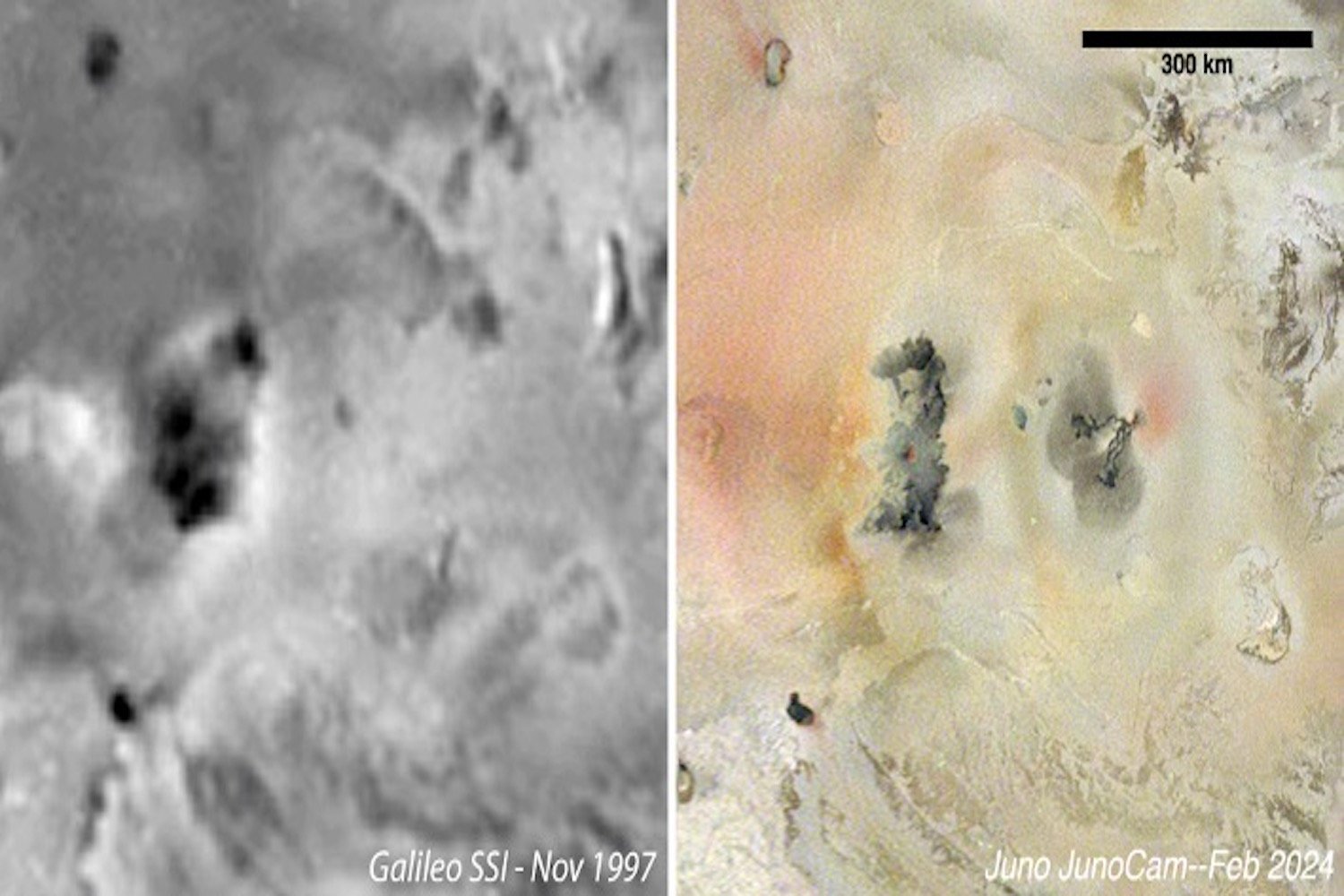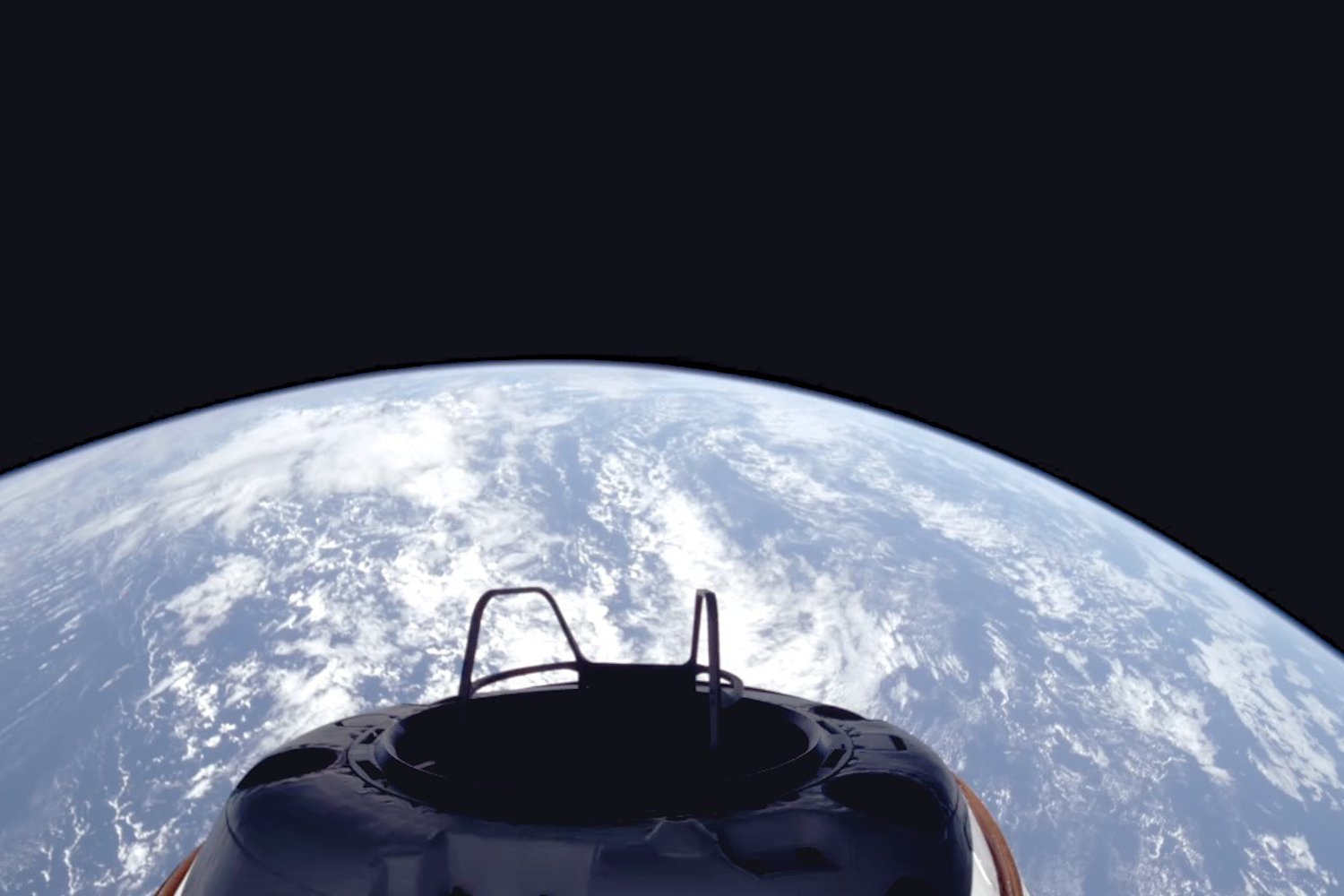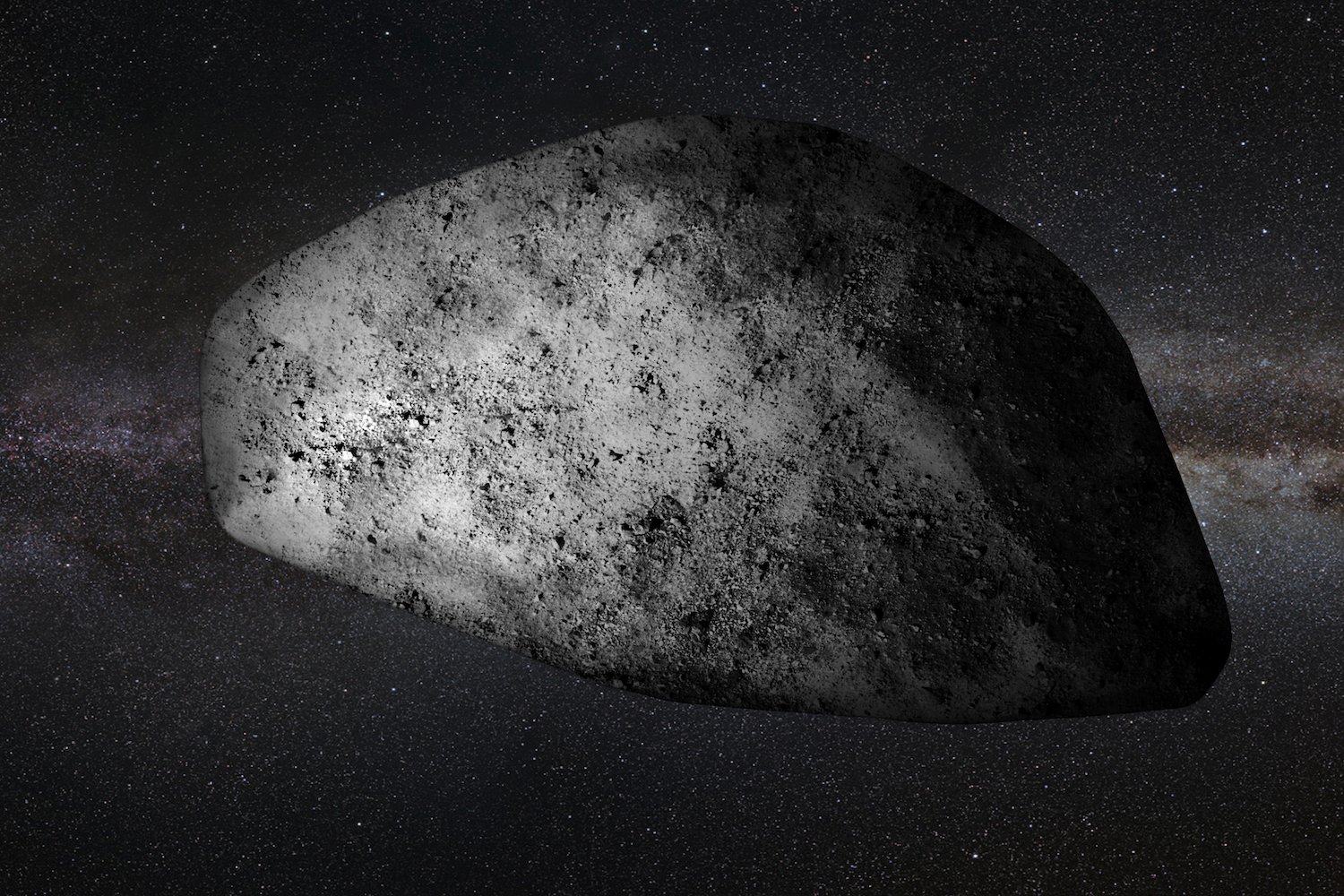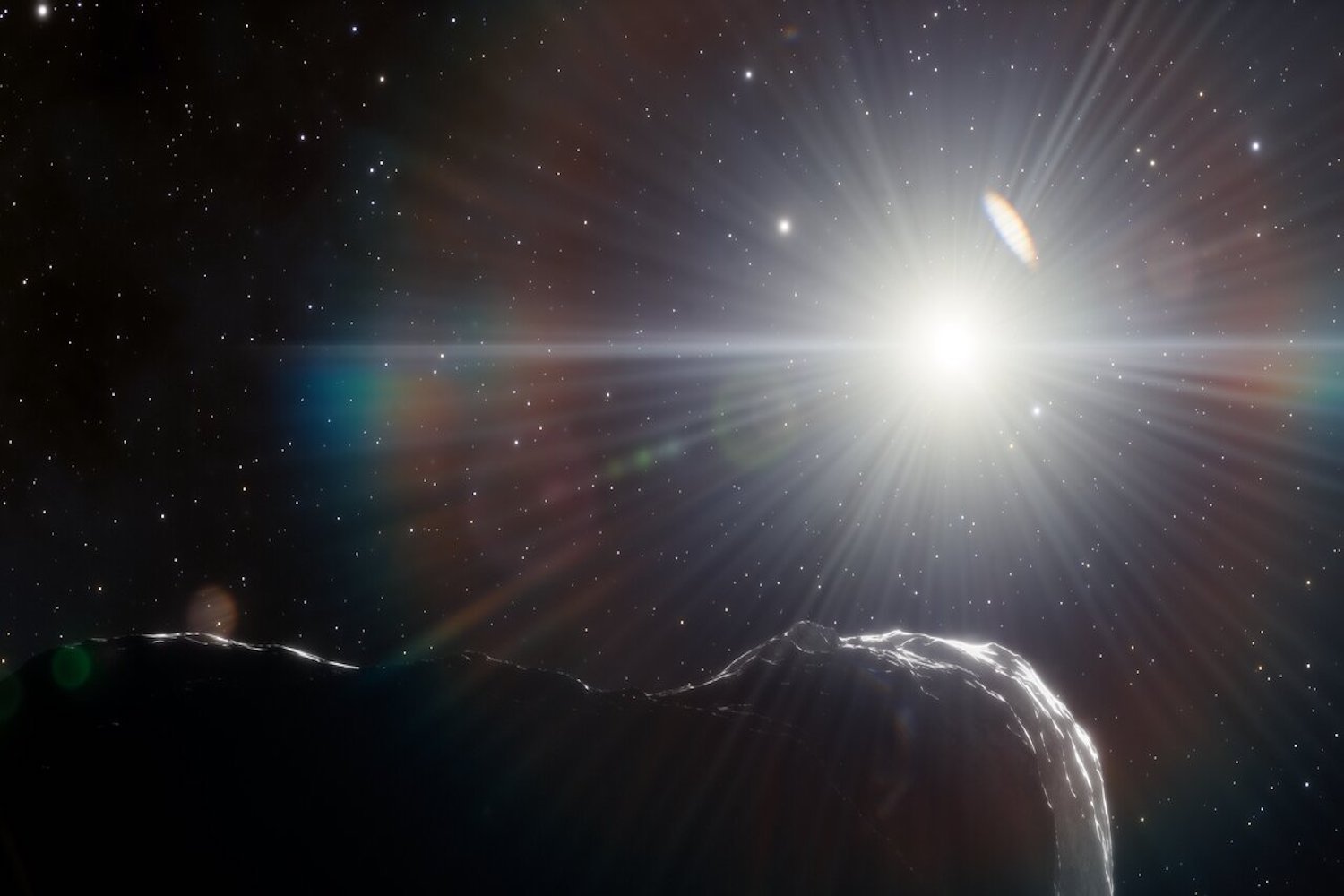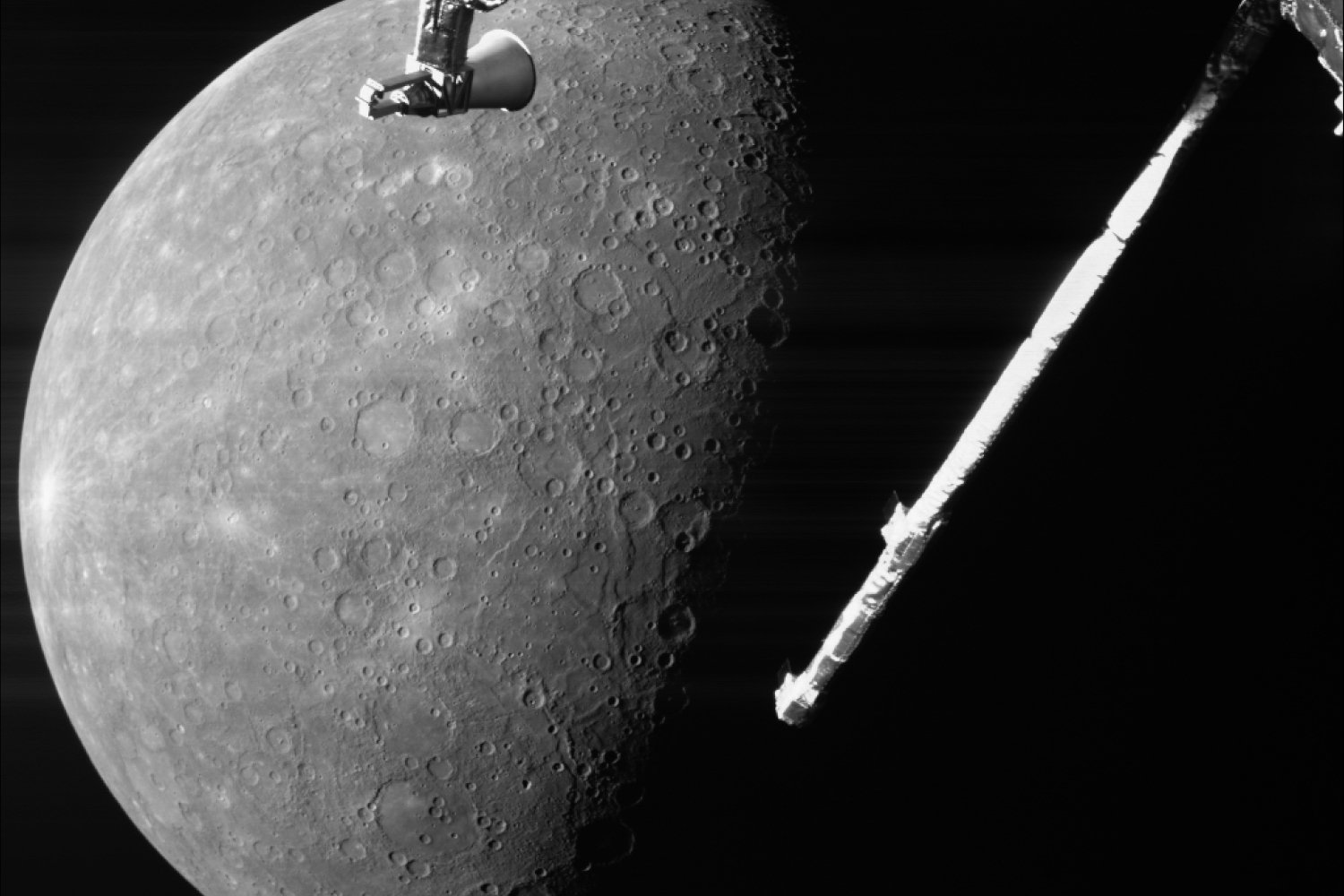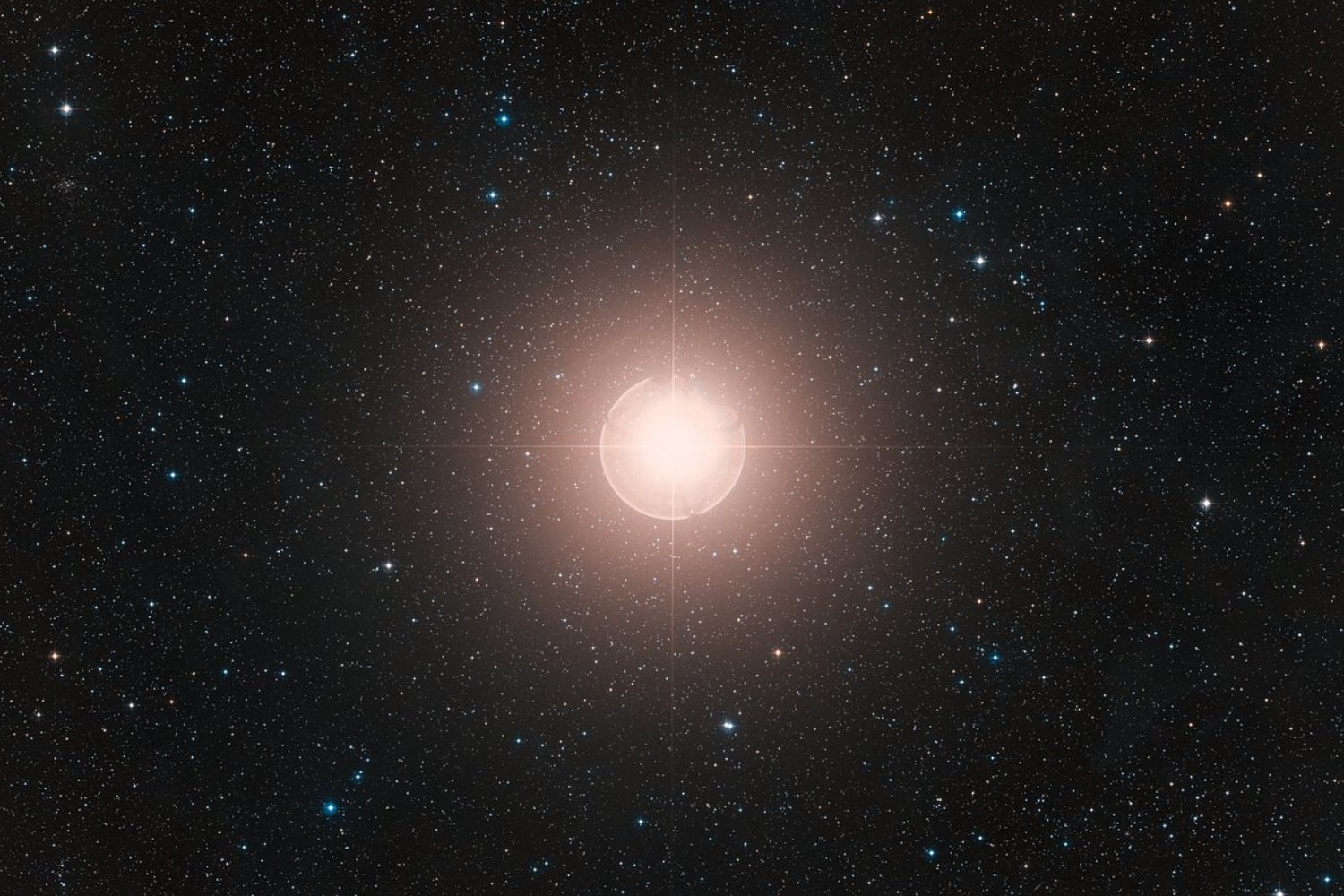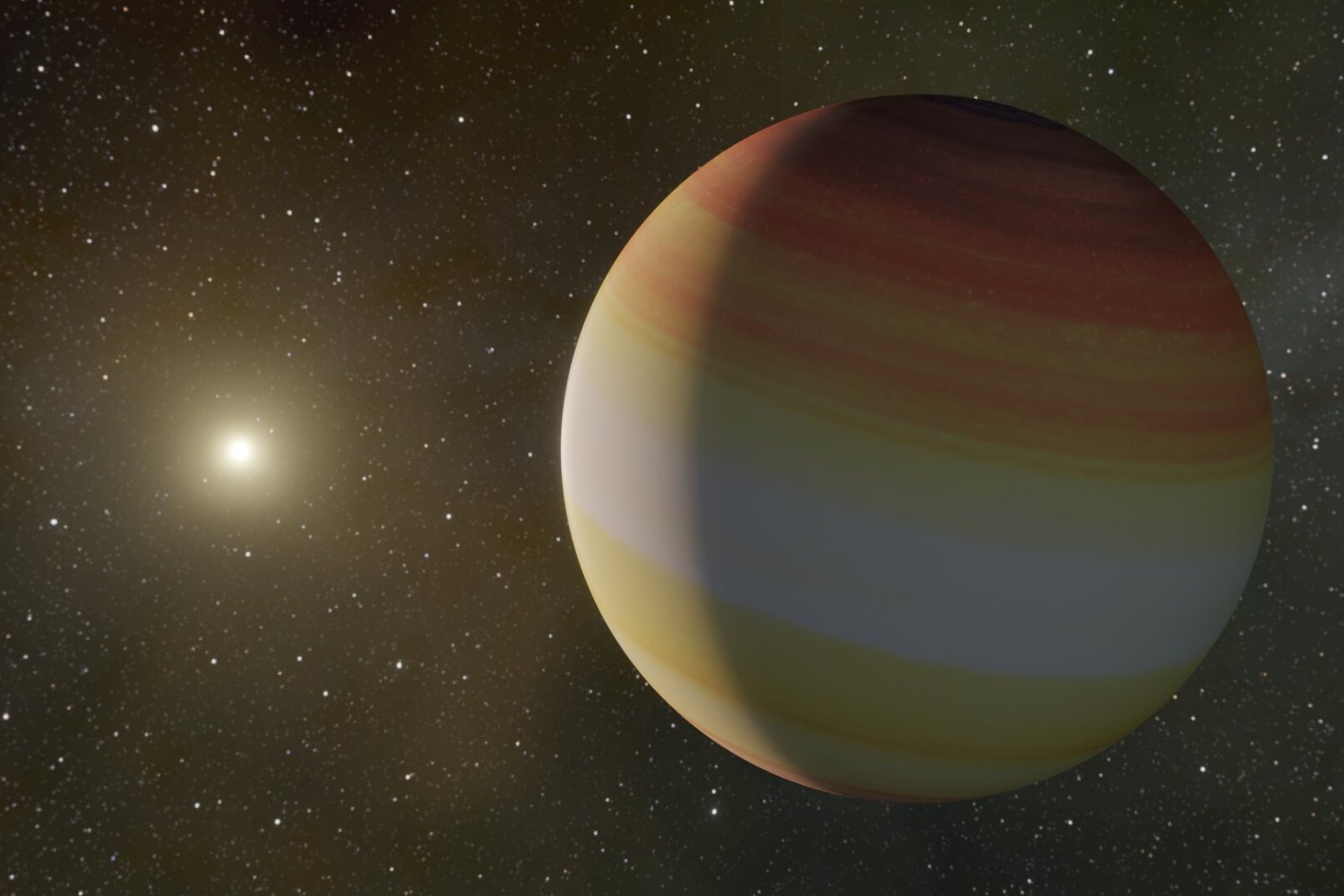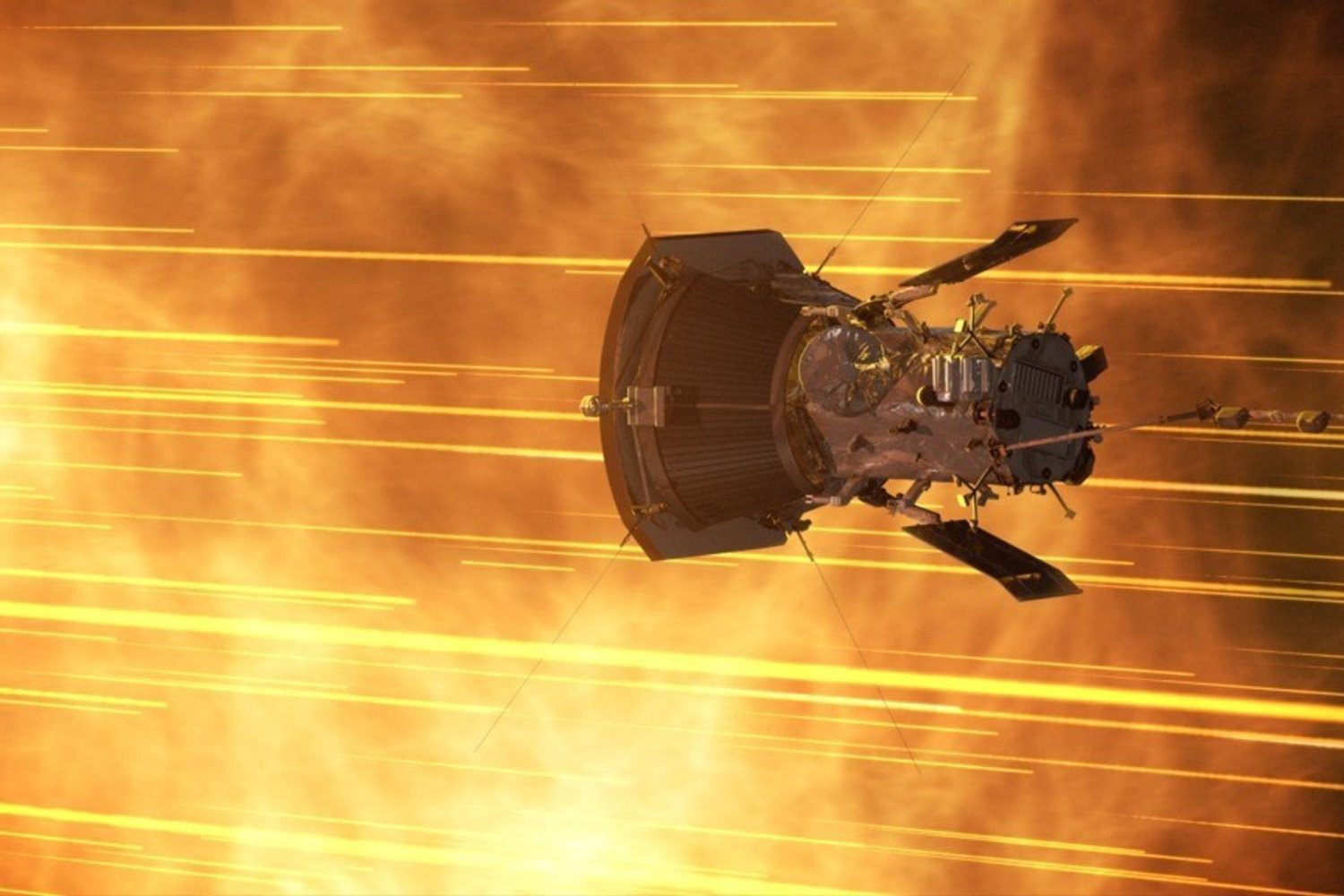Jupiter’s moon Io, the most volcanically active body in our solar system, has surprised scientists with the emergence of a massive new volcano. Spotted by NASA’s Juno spacecraft during a February 2024 flyby, this volcanic feature covers an area exceeding 110 square miles (285 square kilometers), significantly larger than Manhattan. Previously unseen in images taken by the Galileo spacecraft in 1997, this discovery highlights the dynamic and ever-changing nature of Io’s landscape.
Juno’s JunoCam, which captures images in visible light, revealed the volcano from a distance of 1,572 miles (2,530 kilometers). The images, presented at the Europlanet Science Congress in Berlin, showcase multiple lava flows and volcanic deposits. “Our recent JunoCam images show many changes on Io, including this large, complicated volcanic feature that appears to have formed from nothing since 1997,” said Michael Ravine, an advanced projects manager at Malin Space Science Systems, which operates the JunoCam.
A distinctive red stain adjacent to the volcano indicates the presence of sulfur, spewed into the atmosphere and settling back onto the surface. Gray, circular deposits surrounding the area are likely frozen material from Io’s surface that vaporized around two extensive lava streams, each stretching over 62 miles (100 kilometers).
Juno’s observations continue to reveal Io’s fascinating, albeit extreme, environment. During the same flyby, the spacecraft’s instruments detected islands and steep mountains within a lava lake, adding to the moon’s otherworldly allure.
Launched in 2011, the Juno spacecraft has been orbiting Jupiter since 2016, providing valuable data about the gas giant and its moons. Juno’s 53-day orbit allows it to study both Jupiter and its diverse satellites, including volcanic Io and icy Europa. The JunoCam data is publicly available, enabling anyone to process and create their own images.
Io, located over 460 million miles (740 million kilometers) from Earth, offers unique insights into planetary processes. With an estimated 400 active volcanoes, its exceptional volcanic activity makes it a valuable analogue for studying the early evolution of terrestrial planets. By comparing Io to young Earth-like planets, scientists can gain a deeper understanding of how planetary features, such as mountains, form and evolve.



